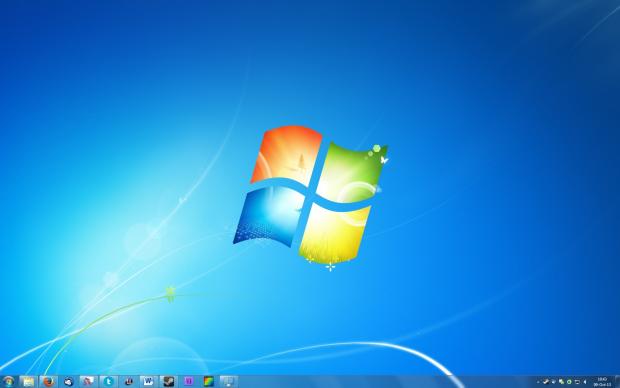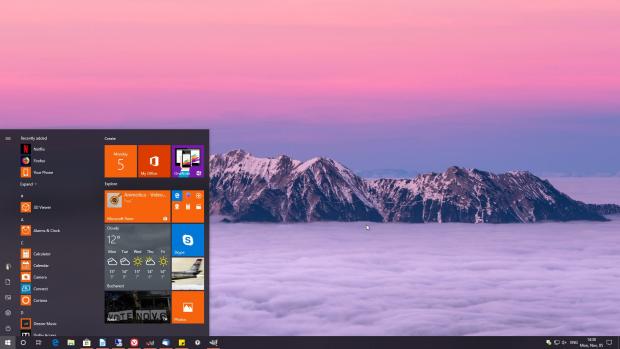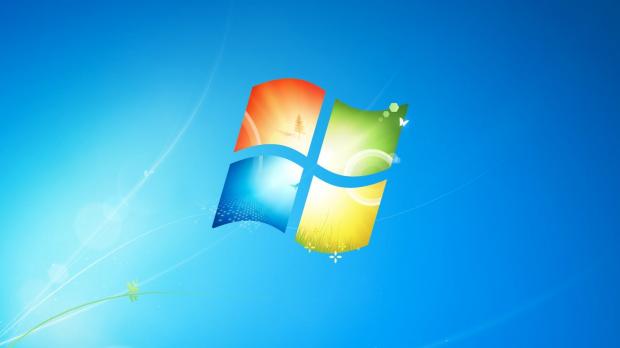Depending on who you ask, Windows 10 is very close to overtaking Windows 7 or it has already managed to do it, with its market share increasing every single month.
And while there’s no doubt that more and more users move to Windows 10, many still consider Windows 7 the right choice for a wide variety of reasons, beginning with the simplified experience and ending with the bloatware-free approach.
After installing Windows XP on an old laptop just to figure out that the 2001 operating system is still a pretty good choice for old hardware, I decided to use Windows 7 exclusively for one full week in order to see if it’s still worth running it at a time when Microsoft is all about Windows 10.
And as it turns out, there’s actually a good reason why so many people stick with Windows 7 these days, and after several days with it, I kind of like it more than Windows 10. And here’s why.
First and foremost, the experience in Windows 7 is much cleaner. The desktop isn’t bloated with features I don’t need, like Cortana and Task View, and everything is super-intuitive, as the operating system relies on a familiar approach that everyone seems to love.
The Start menu is super-responsive and doesn’t come with live tiles, which by the way are great but I still think they’re more suited for mobile phones. There’s no Action Center, mostly because you don’t need one, and the look overall is cleaner and it’s super-easy to get around the operating system, even if you haven’t used it in a long time.
The only thing that’s a bit concerning for me is the lack of the advanced security level in Windows 10. Windows 7 doesn’t even come with pre-installed antivirus, which creates additional risks especially when being connected to the Internet 24/7.
Microsoft started offering Windows Defender as part of the Windows operating system beginning with Windows 8.1, and in Windows 10 it has evolved substantially until it eventually became a fully-featured security product that can compete against advanced third-party products.
In Windows 7, there’s no such thing, and other security improvements that Microsoft has implemented in Windows 10 are missing too.
On the other hand, I didn’t really feel the need for modern apps or the Microsoft Store because I rarely use them anyway. What I still need though is a powerful email client and before you rush to point me to the Windows 10 Mail app, let me tell you one thing.
I used the Mail app in Windows 10 for too many months before giving up on it just because emails come with a delay, some messages do not take off, unread notifications sometime freeze, and the lack of features versus a mail client like Thunderbird is more than obvious.
On Windows 10, I install Mozilla Thunderbird anyway, and I can do the same thing on Windows 7 just fine.
Also, not having Microsoft Edge on Windows 7 is not at all an issue because I’m a Vivaldi user anyway. I’m pretty sure I’m not the only one not using Edge on a regular basis, given that Google Chrome leads the browser world with more than 60 percent market share.
Overall, Windows 7 remains a solid choice for those who aren’t the biggest fans of the modern UI in Windows 10 and just want to stick with what Windows is good at. As I said, the security features bundled into the OS aren’t necessarily part of the latest generation security arsenal, but with third-party antivirus and following some basic practices, you should be good to go anyway.
Unfortunately, sticking with Windows 7 isn’t a long-term commitment. The end of support is set for January 2020, and sooner or later, everyone would have to upgrade to Windows 10. It’s just a matter of time anyway.

 14 DAY TRIAL //
14 DAY TRIAL // 



